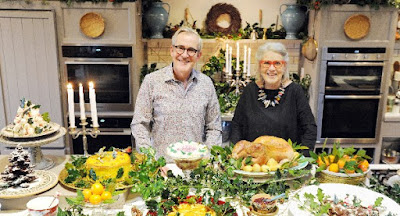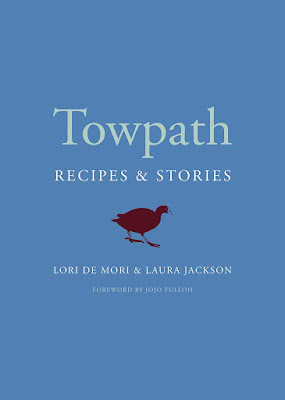One of the most abused terms in the English language - the reality of “freshly squeezed” orange juice stretches from a tetra pack to a litre plastic container of juice that was squeezed days and sometimes weeks earlier. 'Freshly squeezed orange juice' or 'jus d’orange pressé' comes from an orange sliced in two across the “equator” and then juiced on a citrus juicer rather than one of those industrial machines that produce juice that tastes of pith and all the nasty chemicals on the skin.

It’s so worth investing in a little electric juicer. They are relatively inexpensive, €30 or so and all the small electronics companies do one, Kenwood, Phillips, Krups….
If you have one, it should last for maybe ten years or more in a domestic situation. You will be much more likely to make some freshly squeezed orange juice to start the day, a real investment in your health.
I know I’m like a broken record but I was brought up with the clear understanding that our food should be our medicine and my mother firmly believed that if she didn’t put the money and effort into the food on the table she would inevitably give it to the doctor or chemist.
Winter is the citrus fruit season with an abundance of citrus fruit now in the shops. All the usual plus, satsumas, mandarins, clementine’s, tangerines, tangellos, ugli fruit, kumquats and now the marmalade oranges have just arrived from Seville and Malaga, so we can have fun experimenting while they are in season for the next few weeks.
If your life is too hectic to make marmalade at present throw them into the freezer in 4 ½lb lots and make whole orange marmalade later on. An electric juicer will make the whole process infinitely easier.
A couple of crucial tips for you...
1) Make sure that the citrus peel is really soft before the sugar is added, otherwise the peel will be tough and chewy – doesn’t matter how long you cook it for.
2) Cover the saucepan while the peel is cooking, then remove the lid and cook until the liquid is reduced to between 1/3 and ½ the original volume before adding sugar.
3) Add flavourings, ginger, cardamom, whiskey two or three minutes before the end of cooking.
4) To test for a set, put a small spoonful marmalade onto a chilled plate, pop into the fridge for a couple of minutes. Then push with your finger and if the marmalade wrinkles even a little then it is guaranteed to set.
5) Allow the marmalade to stand in the saucepan for ten to twelve minutes before potting into warm sterilised jars, this will ensure that the peel settles and doesn’t rise to the top.
6) Cover immediately, store in a cool dark place – admire your handiwork and enjoy!
Read my full post on Marmalade here...

I’ve been greatly enjoying Marmalade – A Bittersweet Cookbook published by Saltyard Books, great marmalade recipes and beautifully written with tons of suggestions for delicious ways to use your new seasons marmalade.
My favourite film over Christmas was Paddington Bear, Michael Bond who wrote the original books shared his tips for the perfect marmalade sandwich with Marmalade author, Sarah Randal – how charming is that!









